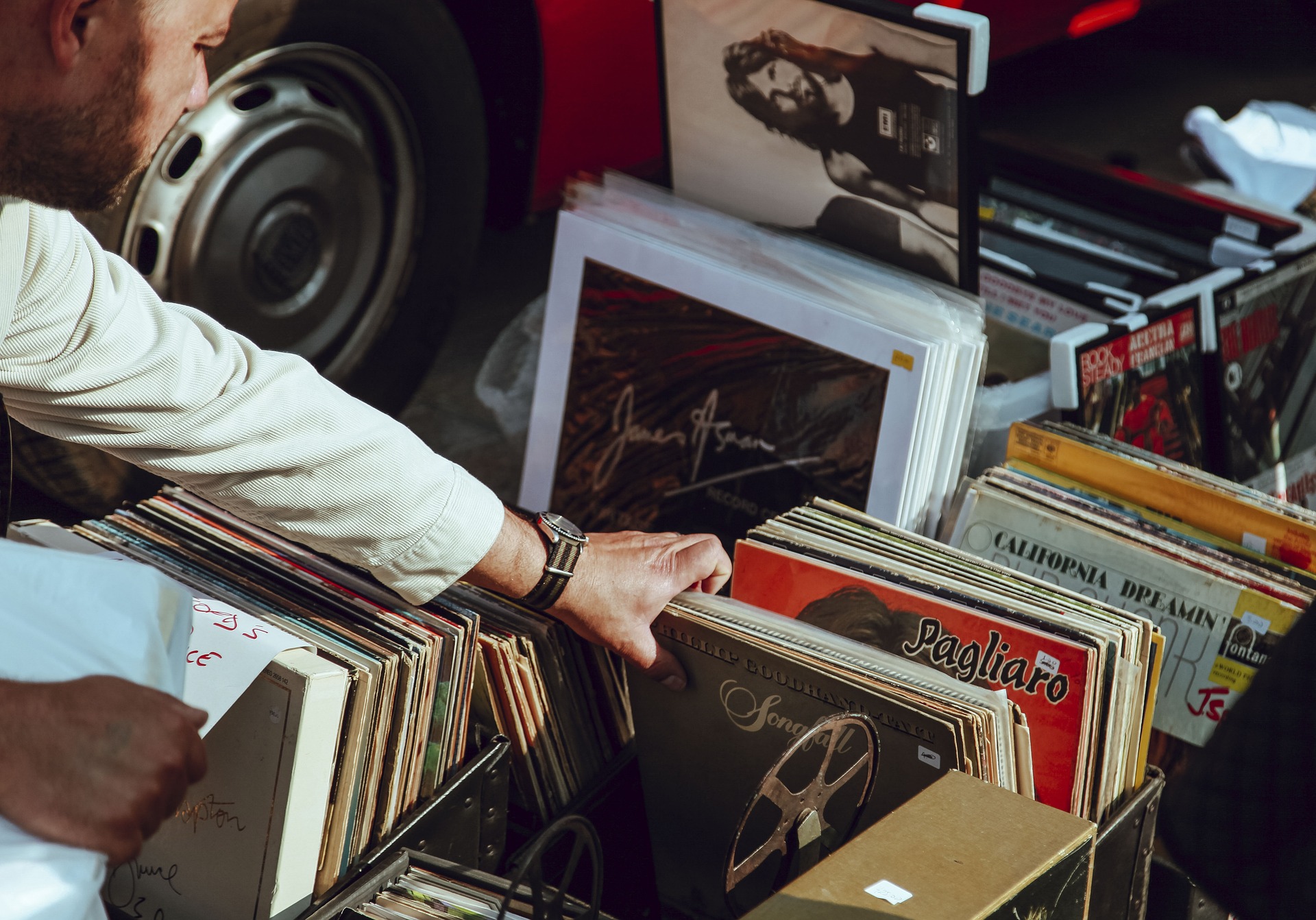Digital Renaissance: How Technology Is Reshaping the Art World
In the ever-evolving landscape of the arts, the digital realm has emerged as a game-changer. This article delves into the rise of digital art, its historical context, present-day developments, and its potential impact on the future of creativity. To truly understand the significance of digital art, one must journey back to its origins. The history of digital art is closely intertwined with the evolution of technology. In the late 1960s, artists began to explore the potential of computers as a medium for creative expression, giving birth to the earliest forms of digital art.
The Dawn of a New Era
With the advent of the internet in the 1990s, digital art entered a new phase. Artists started to experiment with the internet’s capabilities, using it as a platform to showcase their work and reach a global audience. Today, digital art has evolved into a multifaceted medium, encompassing various forms from digital painting and 3D modeling to virtual reality and artificial intelligence-driven art.
The Current Digital Art Wave
Currently, the digital art scene is experiencing a massive surge in popularity, thanks in large part to the advent of blockchain technology and the rise of non-fungible tokens (NFTs). These digital assets have revolutionized the art market by offering a new way for artists to sell their work directly to collectors, bypassing traditional gatekeepers such as galleries and auction houses.
The Impact and Reception
The impact of digital art on the broader art world has been profound and far-reaching. It has democratized the art industry, breaking down barriers to entry and offering a platform for underrepresented voices. However, the reception of digital art has been mixed. While some celebrate its innovative spirit and accessibility, others question its legitimacy as a form of art and express concerns about the environmental impact of blockchain technology.
Charting the Future
Despite the controversy, the digital art movement shows no signs of slowing down. With advancements in technology such as virtual reality, augmented reality, and artificial intelligence, the possibilities for digital art are limitless. It represents a new frontier in artistic expression, one that challenges traditional notions of what art can be and opens up exciting new avenues for creativity.
In conclusion, digital art, with its dynamic evolution and impactful presence, is reshaping the landscape of the arts and entertainment industry. By harnessing the power of technology, it not only pushes the boundaries of artistic expression but also revolutionizes the way art is created, distributed, and consumed. While the journey of digital art is far from over, one thing is certain: it is a fascinating chapter in the history of art, one that is worth watching unfold.





